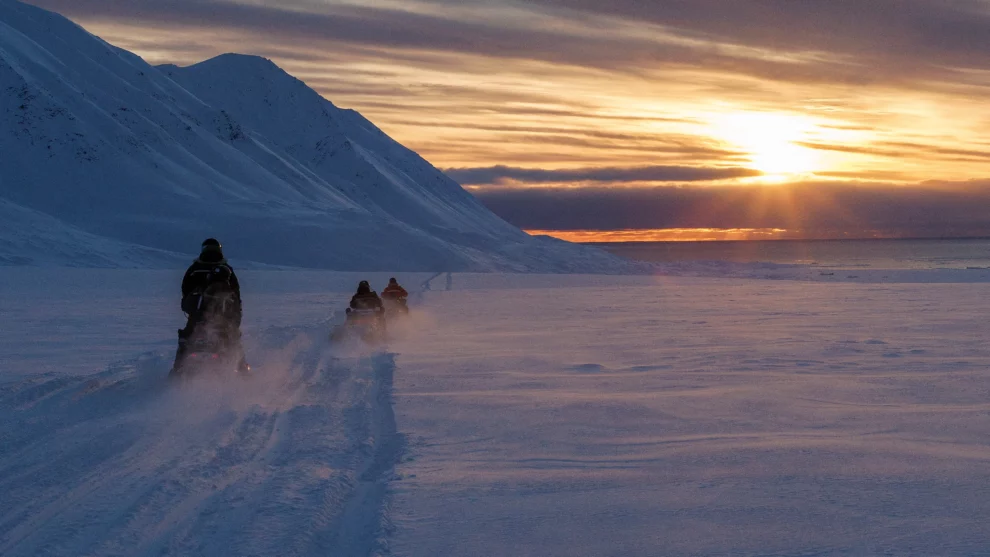Summer surface air temperatures during 2023 were the warmest ever observed in the Arctic, according to a report card released by the U.S. National Oceanic and Atmospheric Administration (NOAA) on Tuesday.
The annual report card documented new records showing that human-caused warming of the air, ocean and land is affecting people, ecosystems and communities across the Arctic region, which is heating up faster than any other part of the world.
The Arctic is increasingly warmer, less frozen, and wetter, with regional extremes in weather, climate patterns, and ecosystem responses, according to the report card.
Overall, the year 2023 was the Arctic’s sixth-warmest year on record. Sea ice extent continued to decline, with the last 17 Septembers now registering as the lowest on record.
Western Alaska salmon abundance reached historic extremes during 2021 to 2022, according to the report card. Changes in salmon abundance and size are associated with climatic changes in freshwater and marine ecosystems and competition in the ocean.
“The overriding message from this year’s report card is that the time for action is now,” said NOAA Administrator Rick Spinrad.
“NOAA and our federal partners have ramped up our support and collaboration with state, tribal and local communities to help build climate resilience. At the same time, we as a nation and global community must dramatically reduce greenhouse gas emissions that are driving these changes,” he said.
The annual Arctic report card, now in its 18th year, is the work of 82 authors from 13 countries. It is a timely and peer-reviewed source for clear, reliable, and concise environmental information on the current state of different components of the Arctic system relative to historical records.
















